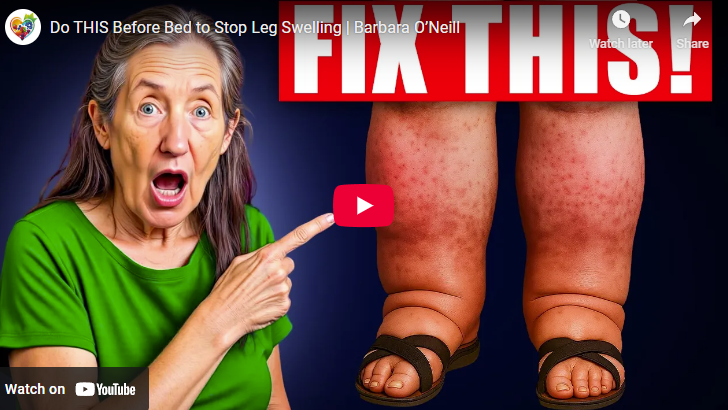
Understanding Lower Limb Swelling in Seniors
Many seniors experience uncomfortable lower limb swelling, particularly in the feet and ankles. This condition, often exacerbated by dietary choices and lifestyle habits, can affect daily activities and overall quality of life. About 20% of adults over 60 report this issue regularly, a startling statistic that sheds light on the importance of managing dietary sodium, sugars, and recovery tactics.
In 'Do THIS Before Bed to Stop Leg Swelling | Barbara O’Neill', the discussion dives into dietary tips and habits impacting fluid retention, inspiring a deeper exploration of how seniors can manage swelling.
How Diet Plays a Role: The Sodium Surprise
One major culprit behind swelling is sodium-rich processed foods. Sodium is not only found in salt but is prevalent in various packaged products like soups, sauces, and snacks. When consumed in excessive amounts, our bodies retain more water to dilute the sodium in our bloodstream, leading to swelling. Seniors, whose kidneys may not filter as efficiently, are particularly susceptible. By opting for fresh ingredients and becoming label-savvy, seniors can greatly reduce sodium intake, improving their well-being.
The Impact of Sugary Treats
In addition to sodium, diets high in added sugars and refined carbohydrates can contribute to fluid retention. After consuming sweets or white bread, spikes in blood sugar may lead to increased insulin levels, prompting the kidneys to keep sodium (and thus water) in the body. Less reliance on processed sugars and more emphasis on whole grains and fresh fruits may help maintain balanced fluid levels while improving energy and digestion.
Importance of Staying Active
Lastly, sedentary behavior contributes significantly to swelling. When seniors remain seated or stand for extended periods without movement, gravity causes fluid accumulation in legs. Simple movements, like ankle pumps or gradual walks, promote circulation. Additionally, elevating legs throughout the day can assist in fluid management. Incorporating these habits doesn't demand drastic changes, but the relief they provide can drastically enhance daily comfort.
In summary, awareness of diet and activity can go a long way in managing lower limb swelling among seniors. By adopting healthier eating habits and committing to regular movement, they can alleviate discomfort, leading to a more enjoyable and active life.
 Add Row
Add Row  Add
Add 




Write A Comment